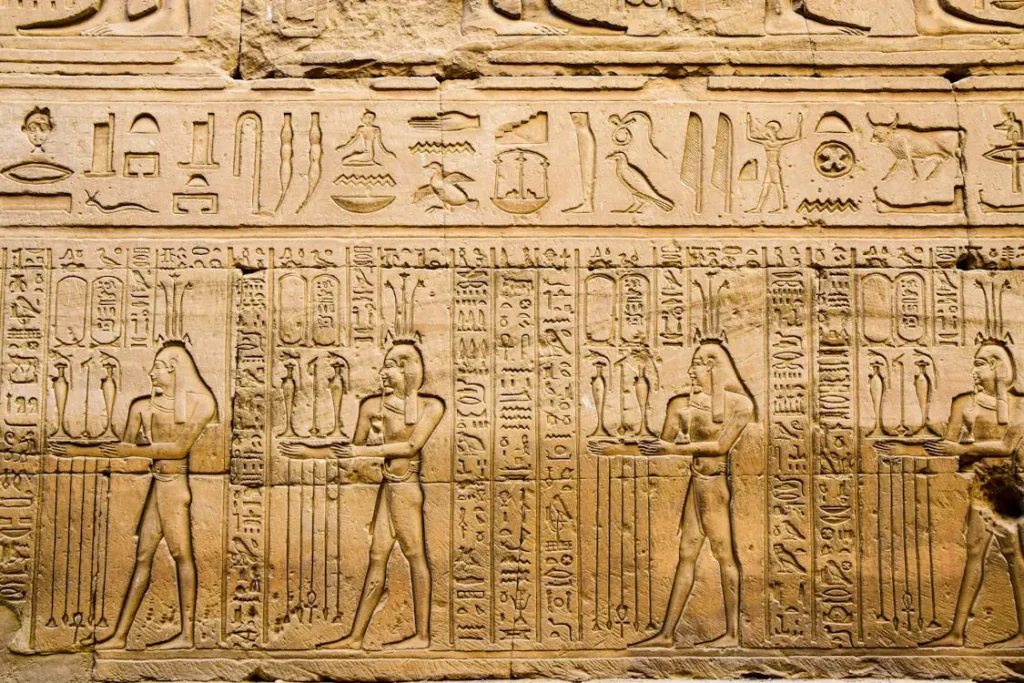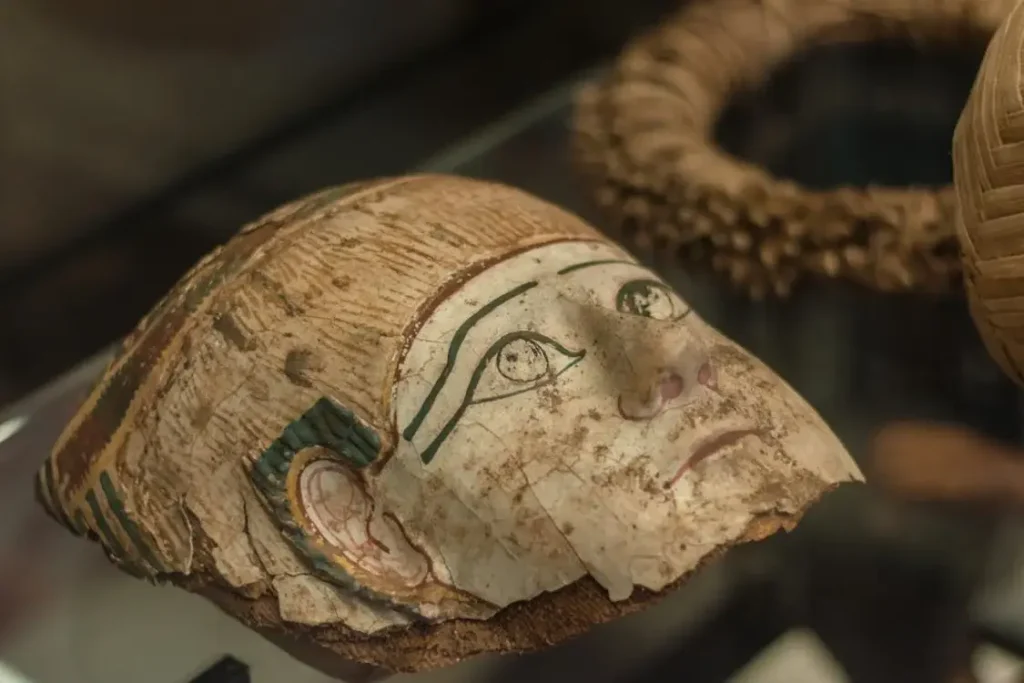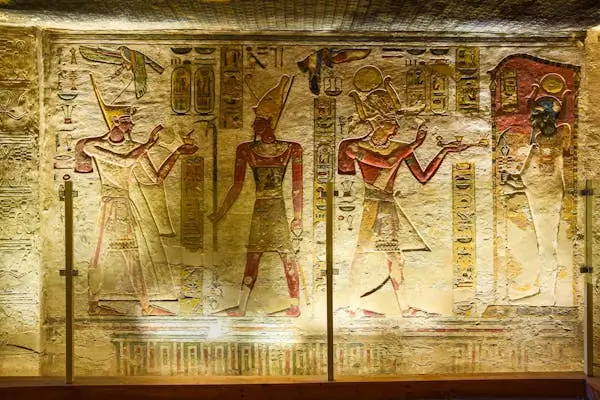
softvenceomega
10:05:06 May 8, 2025
Luxor and Aswan: A Complete Guide to Egypt's Timeless Treasures
Introduction to Luxor and Aswan: Southern Egypt’s Crown Jewels
Luxor and Aswan, two of the most enchanting cities in southern Egypt, offer travelers a journey into the heart of ancient Egyptian civilization. Situated along the banks of the Nile River, these cities are treasure troves of history, culture, and architectural marvels. Luxor, often referred to as the “world’s greatest open-air museum,” is home to the ancient city of Thebes and the awe-inspiring temples of Karnak and Luxor. Aswan, further south, exudes a more tranquil charm and is the gateway to the majestic Abu Simbel temples and the serene beauty of the Nubian region.
This comprehensive guide explores the historical significance, top attractions, travel tips, and cultural insights that make Luxor and Aswan must-visit destinations for any Egypt itinerary.
The Temple of Karnak: A Monument to the Gods
The Karnak Temple Complex is one of the most spectacular archaeological sites in Egypt. Dedicated primarily to Amun-Ra, this sprawling complex covers more than 100 hectares and includes a vast mix of temples, chapels, pylons, and obelisks. Highlights include the Great Hypostyle Hall with its 134 massive columns and the sacred lake used for religious purification rituals.
Luxor Temple: A Riverside Marvel
Located in the heart of modern-day Luxor, the Luxor Temple was constructed around 1400 BCE and is unique in being closely connected to the annual Opet Festival, a procession linking it with Karnak. The temple’s striking avenue of sphinxes and its illuminated grandeur at night make it one of the most iconic landmarks in Egypt.
Valley of the Kings: Royal Tombs of the Pharaohs
On the west bank of the Nile lies the Valley of the Kings, the final resting place for many New Kingdom pharaohs, including the famous Tutankhamun. Over 60 tombs have been discovered here, adorned with intricate wall paintings and hieroglyphic texts meant to guide the deceased through the afterlife.


Hatshepsut’s Mortuary Temple: A Testament to Female Power
Carved directly into the cliffs of Deir el-Bahari, the mortuary temple of Hatshepsut is one of the most impressive architectural feats of ancient Egypt. The terraced structure honors the reign of one of Egypt’s few female pharaohs and reflects a blend of natural and manmade beauty.